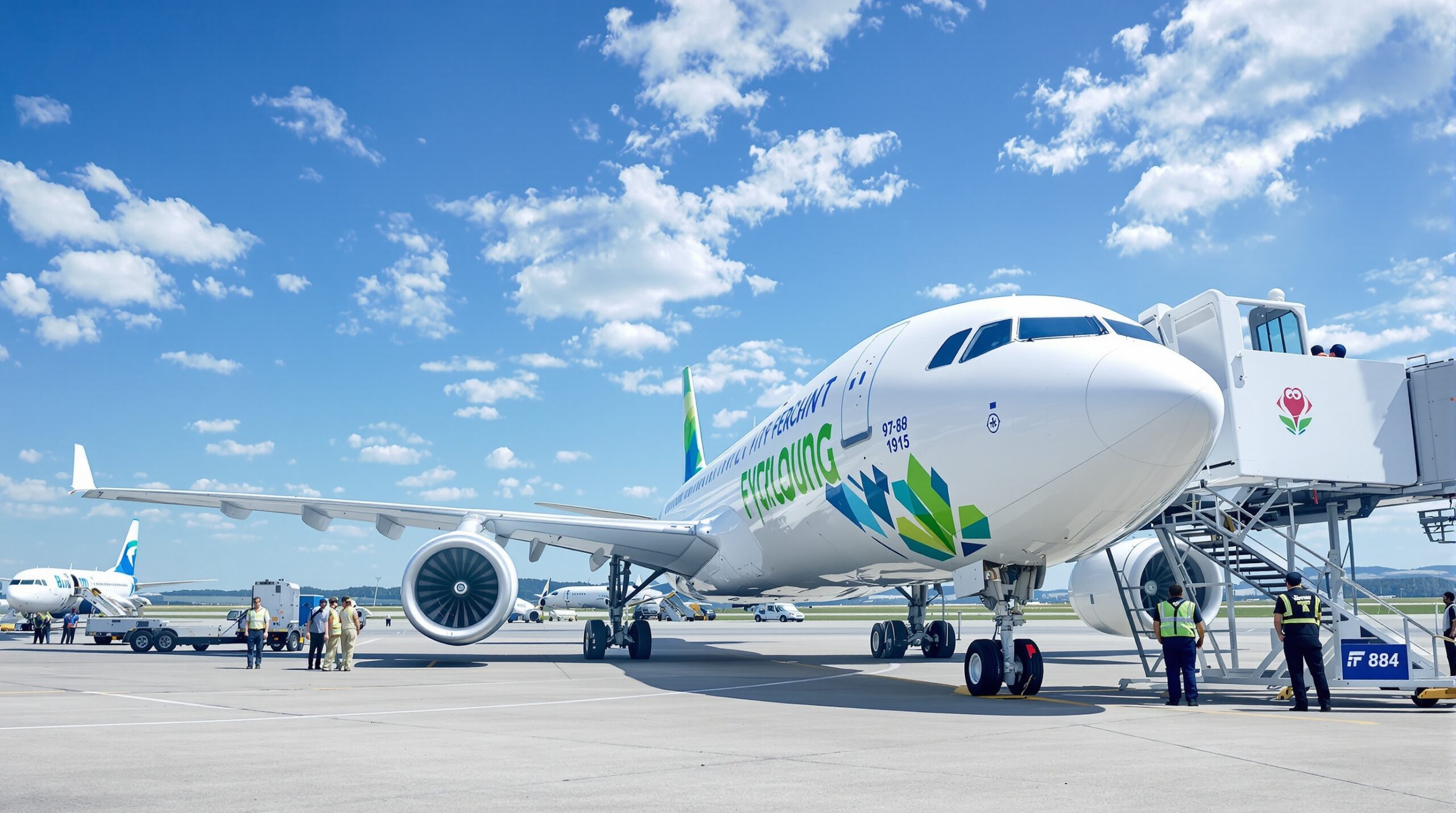The global aviation sector faces immense pressure to reduce carbon emissions and combat climate change. As travel demand rises, airlines seek sustainable solutions to limit their environmental impact. Among several new technologies, hydrogen-powered short-haul flights have emerged as a promising path forward. The industry’s leading players have begun conducting real-world test flights, signaling a significant step toward decarbonizing air travel.
The Need for Sustainable Aviation Solutions
Aviation contributes about 2.5% of global carbon dioxide emissions every year, and this figure continues to climb. Aircraft burn large volumes of fossil fuels, releasing greenhouse gases at high altitudes. Regulatory authorities and environmental groups push airlines to innovate and comply with stricter carbon standards. The industry must balance profitability, safety, and environmental stewardship while charting a course for sustainable flight.
Short-haul flights, typically taking less than three hours, make up a substantial portion of daily air traffic. These routes account for millions of annual journeys and significant overall emissions. Addressing this specific segment could yield immediate and tangible results in reducing aviation’s environmental impact. Progress in short-haul sustainability opens the door to future innovation for longer flights as well.
How Hydrogen-Powered Aircraft Work
Hydrogen-powered aircraft use hydrogen gas rather than conventional jet fuel to produce thrust for flight. Engineers utilize two primary approaches: hydrogen fuel cells and hydrogen combustion engines. Fuel cells convert hydrogen directly into electricity, powering electric motors to spin the plane’s propellers or fans. Alternatively, hydrogen combustion engines burn hydrogen in a modified turbine, similar to traditional engines but with zero carbon emissions.
Hydrogen’s main emission is water vapor, making it an attractive zero-carbon solution. Producing hydrogen requires clean energy to ensure environmental benefits. Green hydrogen, generated using renewable electricity, offers the lowest lifecycle emissions. The successful integration of hydrogen propulsion technology in commercial aviation could revolutionize the entire sector.
Recent Advances in Test Flights
Several major airlines have taken concrete steps towards flying hydrogen-powered planes. These firms invest in partnerships, research, and in-house programs to accelerate project timelines. In 2023, the British airline easyJet partnered with aerospace companies to fly a Dornier 228 regional plane powered by a hydrogen fuel cell system. This short demonstration flight in the UK marked a watershed moment for zero-emission aviation.
Airbus, one of the world’s top aircraft manufacturers, recently announced its ZEROe demonstrator program. The company plans to launch hydrogen-powered commercial flights within the next decade. As part of its efforts, Airbus collaborates with hydrogen technology startups and national governments to build infrastructure for hydrogen production, storage, and airport refueling. Boeing also explores hydrogen and alternative fuels, underscoring the technology’s broad industry interest.
Notable Airline Collaborations and Partnerships
To accelerate hydrogen adoption, airlines have joined forces with both technology firms and academic experts. The global carrier Air France-KLM participates in several research projects to analyze hydrogen’s economic and operational challenges. Lufthansa has teamed up with German research institutes to adapt hydrogen propulsion systems for short-haul commercial planes.
Innovative startups like ZeroAvia and Universal Hydrogen play a critical role by retrofitting existing aircraft to run on hydrogen. Their test flights, often using smaller regional planes, prove that hydrogen fuel cell technology works beyond laboratory conditions. By collaborating with major airlines, these startups position themselves as leaders in the new clean aviation ecosystem.
Technical Challenges and Safety Considerations
Despite significant progress, several technical challenges remain before hydrogen-powered airlines can become mainstream. Storing hydrogen safely requires specialized tanks capable of withstanding extreme pressures and temperatures. Aircraft designs must adapt to accommodate these storage systems without compromising weight or passenger comfort.
Developers must also ensure that hydrogen propulsion systems meet the rigorous safety and reliability standards of modern aviation. Regulatory agencies like the European Union Aviation Safety Agency (EASA) and the Federal Aviation Administration (FAA) will mandate thorough testing before commercial use. Advancements in materials science, engineering, and pilot training all contribute to the solution.
Airport and Refueling Infrastructure
Widespread hydrogen-powered flight depends on building new airport infrastructure for fuel production, storage, and distribution. Airports must invest in pipelines, refueling trucks, and dedicated storage tanks. Coordinating these upgrades across international hubs requires significant cooperation between governments, airlines, and energy companies.
Several major airports in Europe and North America have launched pilot projects to test hydrogen refueling at scale. These facilities partner with energy providers to ensure a stable supply of low-emission, renewable hydrogen. Their findings help shape global best practices for clean aviation infrastructure.
The Environmental Impact of Hydrogen Aviation
If adopted widely, hydrogen-powered aircraft could dramatically cut short-haul aviation emissions. Hydrogen propulsion produces no carbon dioxide, sulfur oxides, or particulates. Even water vapor emissions, when released at lower cruising altitudes for short-haul routes, have a minimal warming effect compared to high-flying, long-haul jets.
Transitioning to green hydrogen amplifies these benefits. Hydrogen made with wind, solar, or hydropower has nearly zero net climate impact. This cleaner energy cycle offers incremental progress toward meeting international climate targets and industry sustainability pledges.
Future Outlook and Industry Roadmaps
The next five years promise accelerated development and more ambitious test flights. Airlines and manufacturers project that large-scale, commercial hydrogen-powered short-haul flights could launch as early as 2035. Regulatory frameworks, airport upgrades, and supply chain investments will all influence progress.
Passenger acceptance and awareness also matter. Airlines will need to educate travelers on hydrogen’s safety and environmental advantages. Public confidence is essential for widespread adoption of any new technology, especially in aviation, where safety is paramount.
Conclusion: Charting a Greener Path Forward
Major airlines’ efforts to test hydrogen-powered short-haul flights reflect a bold commitment to sustainable innovation. While technical, logistical, and regulatory challenges remain, successful demonstrations signal that clean aviation is not just a distant dream. Ongoing partnerships, investments, and research offer hope for a green revolution in the skies.
As hydrogen technologies mature and infrastructure expands, short-haul flights may soon become the proving ground for zero-emission travel. These advances set the stage for a future in which flying and environmental responsibility go hand-in-hand, helping to reshape the way the world travels.

